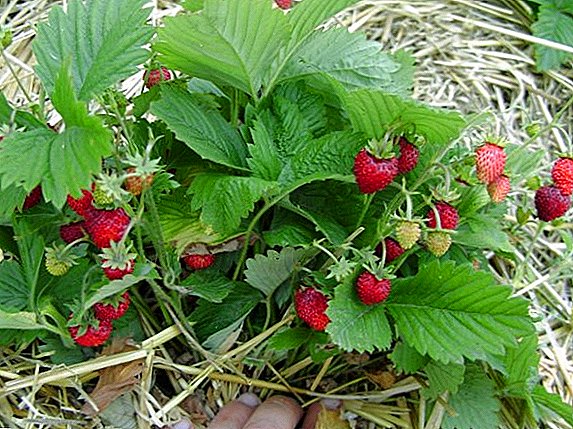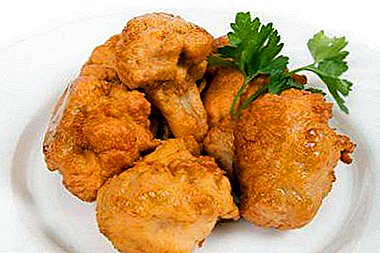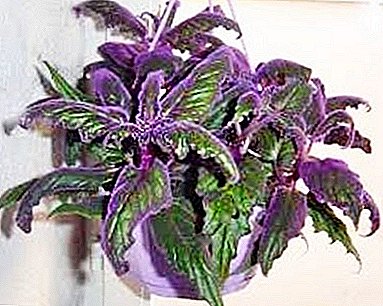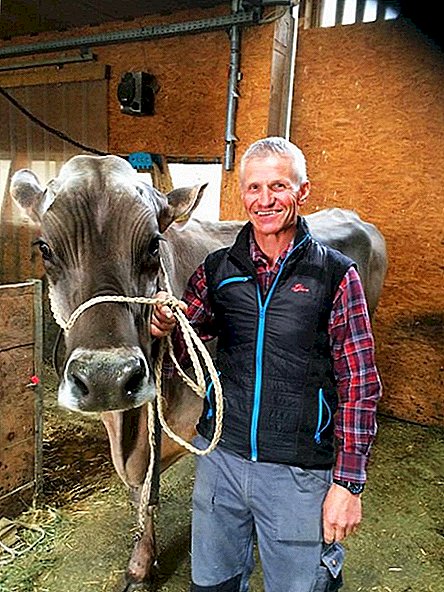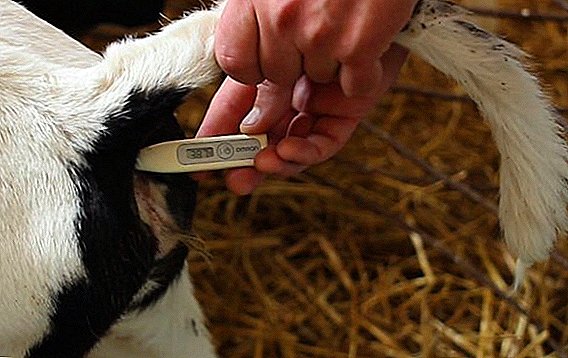 One of the most important indicators of well-being of cattle is body temperature. As with most warm-blooded animals, a certain temperature norm is characteristic of cows, a deviation from which in one direction or another may indicate possible health problems. The cause of such conditions should be established by a veterinarian, but the task of the owner is regular monitoring. What are the rules and how to measure the temperature of cattle, will be discussed further.
One of the most important indicators of well-being of cattle is body temperature. As with most warm-blooded animals, a certain temperature norm is characteristic of cows, a deviation from which in one direction or another may indicate possible health problems. The cause of such conditions should be established by a veterinarian, but the task of the owner is regular monitoring. What are the rules and how to measure the temperature of cattle, will be discussed further.
What is normal body temperature in cattle?
The body temperature of mammals depends on the rate of metabolic processes occurring in the body, and normally is within certain limits, beyond which can speak of any violations.
Important! It should be borne in mind that in some individuals the standard variant may differ from the generally accepted one or another way due to the individual characteristics of the organism, however, this fact must be confirmed by a veterinarian.
Cattle are characterized by an average temperature of 37.5-39.5 ° C, but there are differences depending on the sex and age of individuals:
- in cows, 2 months before calving, thermometer readings can reach 38.5–40 ° C - this is the norm. The temperature of 38-39 ° С is typical for bulls;
- Calves usually have a higher temperature than adults — 38.5–40.5 ° C, while as they grow, indicators may change: up to 6 weeks - 38.5–40.5 ° C, from 6 weeks to 2 months - 38.5-40.2 ° С, from 2 to 12 months - 38.5-39.8 ° С.
How to measure the temperature of a cow
Measuring the temperature of cows is associated with certain difficulties, so you should follow the general recommendations for this procedure.  Many people mistakenly assume that fever in cattle can be detected by hot skin of the body or nose, but cows regulate heat transfer by slowing blood flow, and the skin can remain cool even with high thermometer readings.
Many people mistakenly assume that fever in cattle can be detected by hot skin of the body or nose, but cows regulate heat transfer by slowing blood flow, and the skin can remain cool even with high thermometer readings.
Did you know? The imprint of a cow's nose has a unique pattern, similar to human fingerprints. In the US, this feature is used when searching for stolen or missing animals.
An ordinary medical mercury or electronic thermometer can be used for measurement. If mercury is used, the measurement time should be at least 10 minutes, the electronic gives the answer faster: from 10-15 seconds to 3 minutes depending on the model.
Measurement is performed rectally. Some farmers practice vaginal measurement in cows, but the reliability of the results may be significantly distorted if the female is estrus or is awaiting posterity.
Before the procedure, you need to wash your hands and wear medical gloves, fix the animal so that it does not bump during the measurement.
Before that, the thermometer is thoroughly washed and treated with a disinfectant, then the device is smeared with petroleum jelly and carefully injected into the rectum for a set time, and when using an electronic device, until a sound signal appears.  After completing the measurement, the thermometer is again washed and disinfected to avoid contamination of other animals in the herd.
After completing the measurement, the thermometer is again washed and disinfected to avoid contamination of other animals in the herd.
Important! In the absence of experience with cattle or with increased aggressiveness and anxiety of a cow, it is better to carry out the procedure with an assistant.
Deviations from the norm
Any significant (more than 1-2 degrees) deviation of the cow's body temperature from the norm should alert the owner and become a reason to contact the veterinarian as soon as possible to establish the cause.
Increased temperature can be caused by a number of situations:
- violation of the diet and the use of poor-quality feed can cause reproduction of pathogenic bacteria in the intestines of livestock, which in turn can cause hyperthermia. The solution to the problem lies in the selection of good food and strict compliance with the regime;
- postpartum complications, such as postpartum delay, general gynecological diseases in females;
- mastitis, in which it is important in the shortest possible time to provide udder massage and milking every 2 hours to eliminate stagnation. Then an antibiotic ointment is prescribed by a veterinarian;
- diseases of infectious or viral nature (endometritis, plague, pneumonia, and others).
In all the cases described, self-treatment is dangerous for the animal and the entire herd. It is necessary to isolate the sick cow and ensure that it is examined by a specialist.  It happens that in adult cattle or calves the body temperature drops below normal. Such a state is hard not to notice: the behavior is changing, the animal becomes lethargic and apathetic, may be anxious, moan plaintively.
It happens that in adult cattle or calves the body temperature drops below normal. Such a state is hard not to notice: the behavior is changing, the animal becomes lethargic and apathetic, may be anxious, moan plaintively.
Learn more about the best breeds of cows meat and dairy.
Low temperatures are not very frequent, but the causes of such a deviation can be dangerous to the life of the animal:
- Poisoning with poisonous substances, oddly enough, is accompanied by precisely a decrease in temperature, unlike food poisoning, and this is a very alarming symptom. If there is a suspicion that the cattle could eat poisonous substances, mushrooms or plants, you should seek veterinary care as soon as possible. May require intensive care measures;
- Avitaminosis in young animals is also characterized by hypothermia, is eliminated by the correction of nutrition, the introduction of vitamins into the diet, ensuring sufficient staying of calves under the sun's rays;
- hypothermia in calves. It occurs when calves are in a cold room or in the open air during the cold season for a long time. Prevention consists in providing young individuals with a warm room and bedding, excluding drafts;
- The most dangerous cause of hypothermia is birthing paresis: a condition associated with paralysis of the pharynx, tongue, and legs of a cow. If left untreated, the animal dies within a few days, so it’s dangerous to rehabilitate the cow. Requires qualified veterinary care in the early hours of the disease.

How to knock down
When hyperthermia is important as soon as possible to show the animal specialist for diagnosis. As a rule, treatment is aimed at eliminating the cause of fever: an infected individual may be prescribed antibiotics, vitamins, and a drinking regimen.
Often, in complex therapy, nonsteroidal anti-inflammatory drugs with antipyretic effect are prescribed to cows to reduce body temperature and relieve pain, for example, the Flunex veterinary agent in the dosage according to the instructions.
Read more about how to choose the right cow, what diseases can hurt cows and how to treat them, what are the ways of keeping cows, and also find out what the weight of cattle depends on.
How to raise
If hypothermia is not associated with life-threatening conditions, first aid consists of passive and active external heating: the cow or calf is warmed externally with a blanket, heating pads, placed on a warm bedding.
If the condition of the animal is severe, emergency assistance is required for active internal warming with the use of special veterinary drugs, including dialysis with warm saline.  In conclusion, consideration of the peculiarities of body temperature in cows and the causes of deviations from the norm can be said that regular monitoring and measurement in accordance with the recommendations for the care of cattle will allow to reveal latent pathologies and diseases, as well as reduce the risk of death of the animal from possible complications.
In conclusion, consideration of the peculiarities of body temperature in cows and the causes of deviations from the norm can be said that regular monitoring and measurement in accordance with the recommendations for the care of cattle will allow to reveal latent pathologies and diseases, as well as reduce the risk of death of the animal from possible complications.
Did you know? Cow mooing can have over 10 different intonations.



